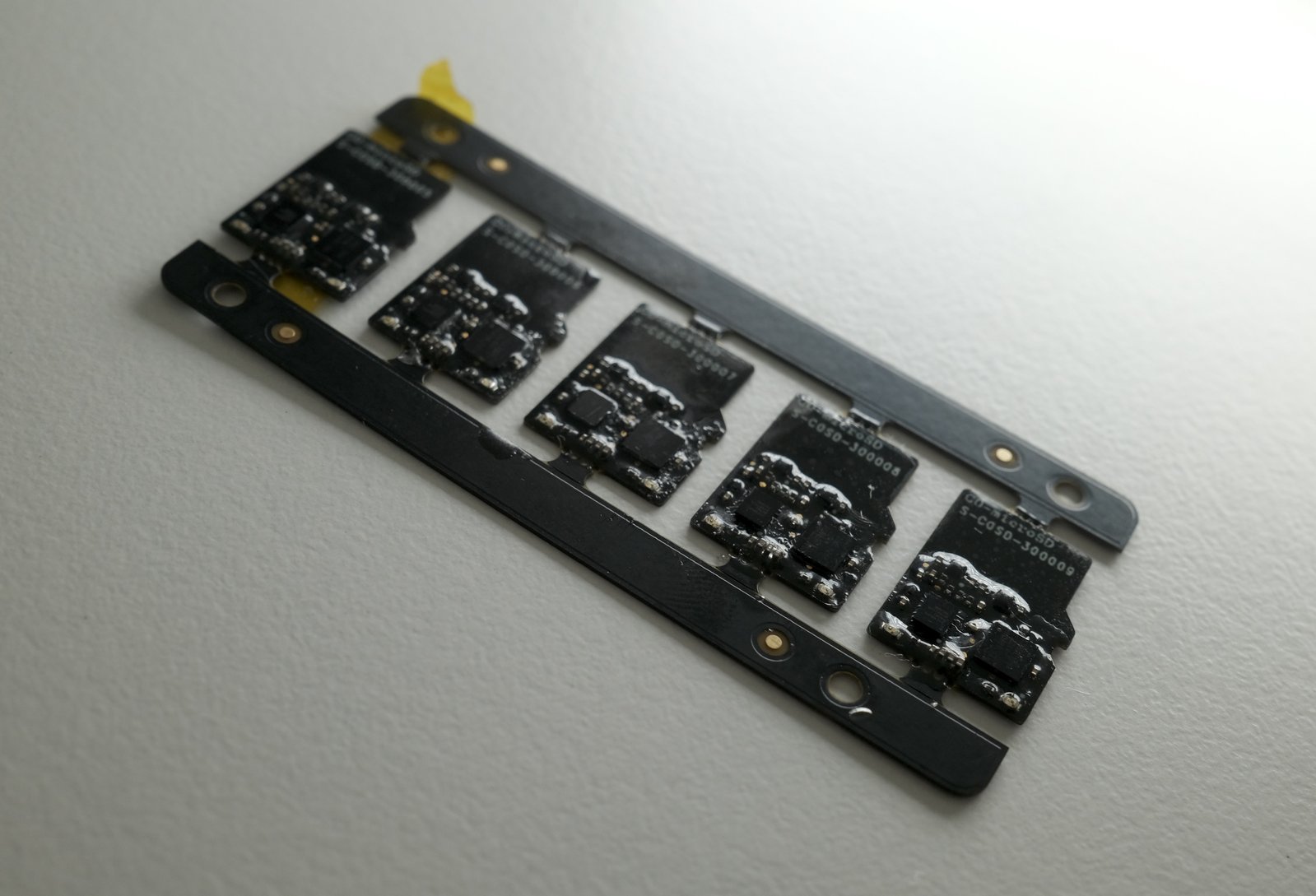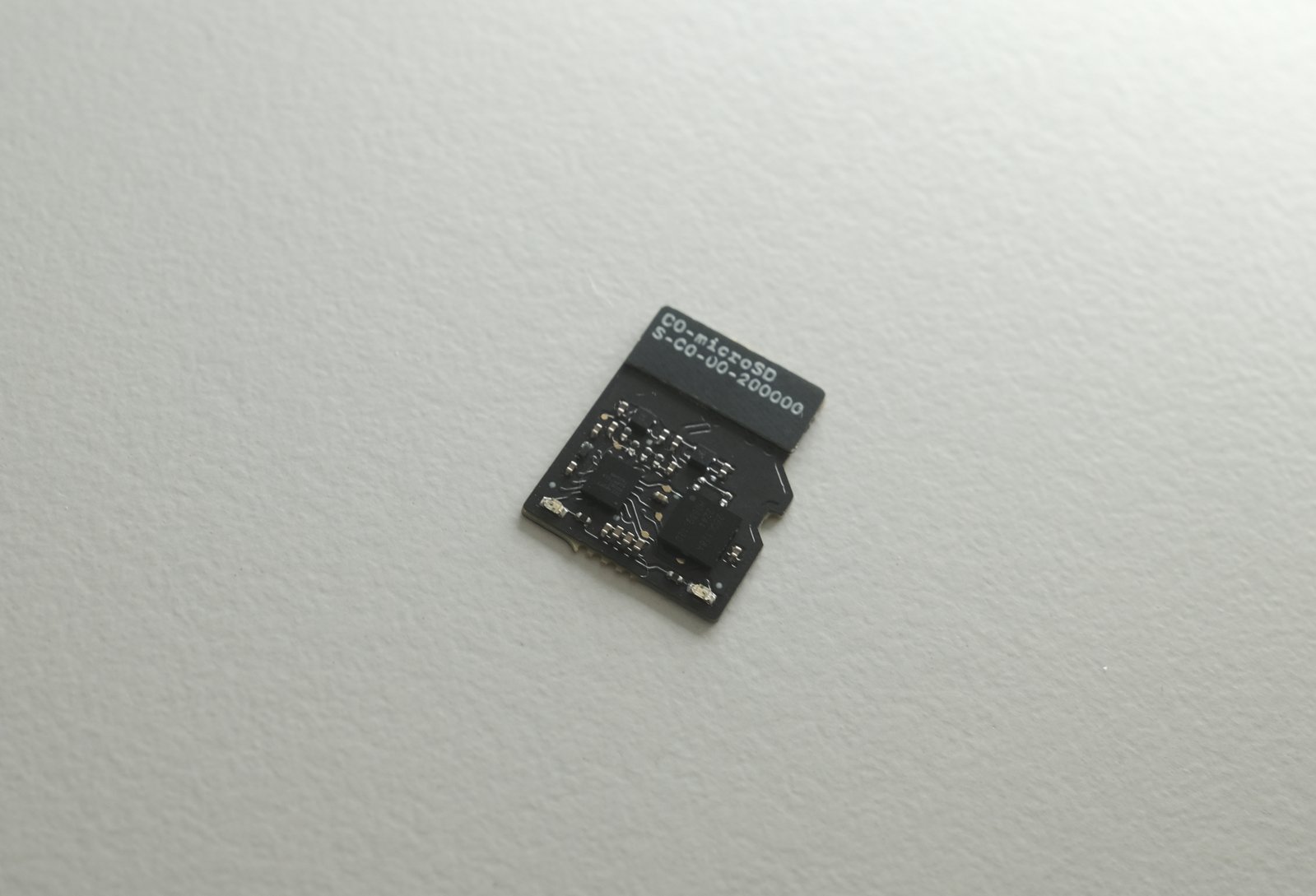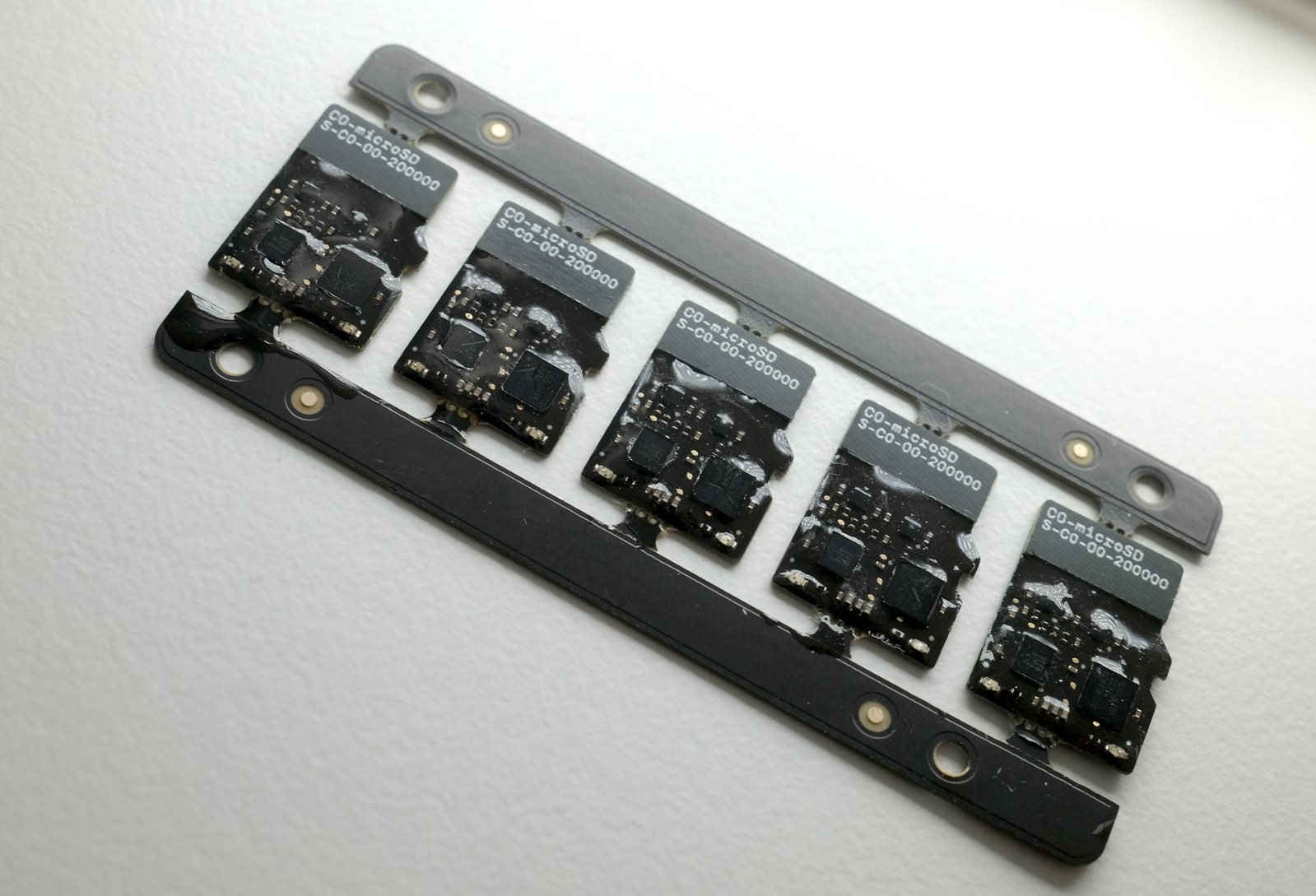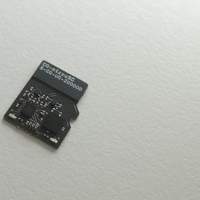Project update 2 of 8
Refining Our Mechanical Design
by Signaloid TeamDear Subscribers,
In our last update, we highlighted our new documentation site. In this one, we share our progress toward addressing some of the mechanical challenges of making a device as highly-integrated as the Signaloid C0-microSD system-on-module (SoM). Our goal is to have already refined the production process before we launch our campaign on Crowd Supply.
Refinement & Challenges of our Mechanical Design
We have been refining the mechanical structure of C0-microSD ahead of our final pre-production run and campaign launch. Since we originally created the first prototype in 2021, we have developed the firmware and used C0-microSD in projects with clients. Before making it broadly available to developers, however, we’ve been improving the hardware and mechanical design to facilitate high-volume production runs. We are also testing mechanical fit for the devices found in the compatibility section of the documentation page.
What Are the Mechanical Challenges?
The carrier PCB must be thin while the insertion end must be at least 0.7-mm thick in order to compress the contact pins at the end of most microSD slots. Accordingly, we have fabricated and iterated on three promising techniques, which we detail below. Our criteria for testing each method include: (1) device mechanical fit in microSD slots; and (2) manufacturability, including variations and defects in the manufactured prototypes.
Addressing the Challenges: Conformal Coating (Option A)
In this variant, we have instructed the PCB manufacturer to apply conformal coating on top of the SoM, avoiding the main ICs. This method increases the thickness of the board over the contact pads, leading to a better interface with microSD slots. The main caveats of this solution are that: 1) the conformal coating is also applied at the top of the voltage regulators, which increases the overall thickness of the device, and 2) that our tests show thickness variations and cosmetic blemishes such as air bubbles and uncovered areas in the applied conformal coating.
Addressing the Challenges: FR4 Stiffener (Option B)
In this variant, we have instructed the PCB manufacturer to add an FR4-based stiffener board at the top of Signaloid C0-microSD, over the contact pad region. Our tests show that this significantly improves the mechanical fit of the device in microSD slots, and ensures proper electrical contact. It is also much more reproducible than option A.
Addressing the Challenges: Combination of Conformal Coating & FR4 Stiffener (Option C)
In this variant, we have instructed the PCB manufacturer to add an FR4 stiffener board at the top of the device, and also apply a conformal coating to the rest of the device, avoiding the main ICs. The result is a device that exhibits uniform thickness and good mechanical and electrical interfacing with microSD slots. Unfortunately, this solution also leads to variations in device total thickness and cosmetic blemishes such as air bubbles trapped in the conformal coating.
Next Steps
For our production run, we have decided to go with option B. We have also achieved significant milestones in our open-source toolchain and ecosystem software support. We will provide more detail on those in a later update.
Best regards,
The Signaloid team









